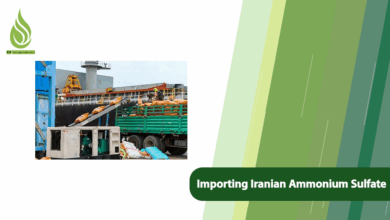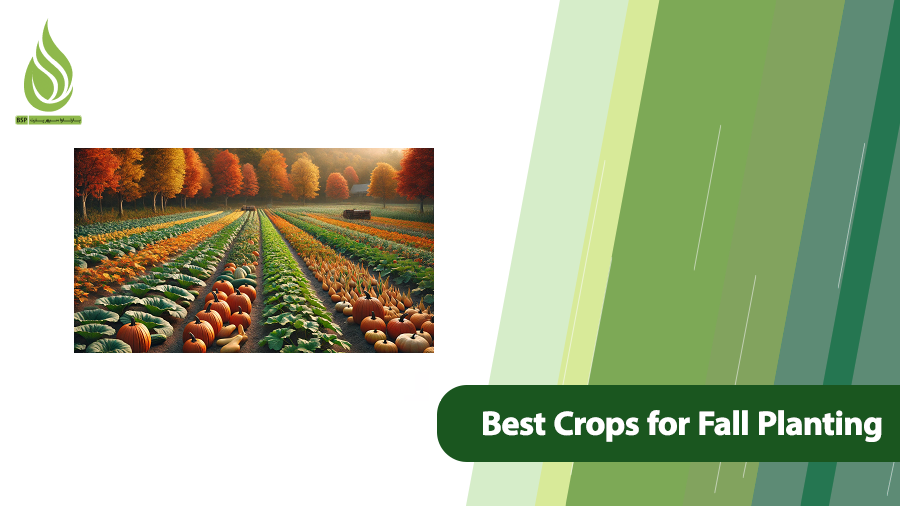
What Are the Best Crops for Fall Planting (in Different Regions)?
Fall planting is one of the best strategies for boosting agricultural production and corps. Due to unique weather conditions, crops suitable for fall are more limited than those for spring. Since Iran has diverse climates across its regions, this article highlights the best fall crops for cold, temperate, and warm areas. We’ll also share key tips for successful fall farming.
What Is Fall Planting and Why Is It Important?
Fall planting refers to sowing crops during the fall season, typically from early October to late November. It’s a smart approach for farmers to make the most of their fields during cooler months.
As fall begins, the soil cools down, and seasonal rains provide essential moisture. However, the cold temperatures of fall mean that crops need to be hardy enough to withstand chilly conditions. By choosing the right crops for each climate zone, farmers can achieve impressive results.
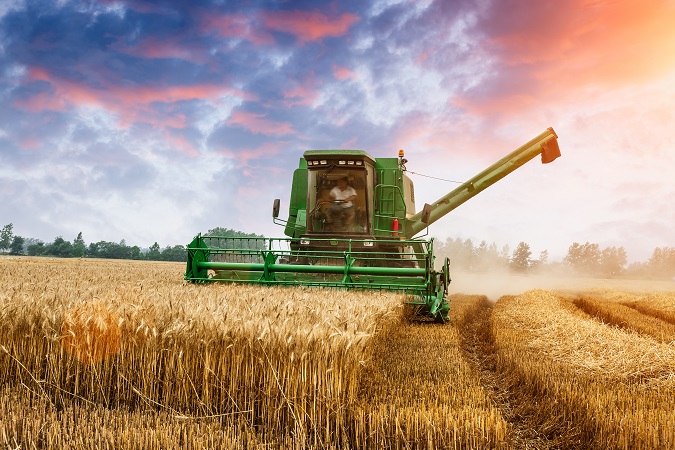
Benefits of Fall Crop Planting
- Efficient Water Use: Fall crops benefit from autumn and winter rains, reducing the need for irrigation. This lowers water costs and helps conserve groundwater.
- Fewer Pests and Diseases: Most pests are less active in fall, which can lead to fewer crop losses.
- Lower Costs: Reduced irrigation and pest control needs cut down overall farming expenses.
- Crop Rotation Flexibility: Fall planting allows farmers to use their land year-round, supporting better crop rotation systems.
- Higher Profits: Demand for fresh produce is high in fall and winter, and with limited supply, farmers can earn better profits.
Fall Crops for Cold Regions
Cold regions experience harsh winters with severe frost and average temperatures below 32°F (0°C) during the season. The main challenges for fall planting in these areas include the risk of frost damage, shorter daylight hours, and limited soil microbial activity.
In cold regions, planting should be timed so crops can establish strong roots before the ground freezes. Fall planting typically begins in late September or early October.
Suitable Crops for Fall Planting in Cold Regions
- Cold-Hardy Grains: Winter wheat, winter barley
- Cold-Tolerant Vegetables: Kale, spinach, broccoli, lettuce
- Beets
- Alfalfa
- Garlic and Onions

Tips for Successful Farming in Cold Regions
- Use Mulch: Mulch covers help stabilize soil temperatures and protect crops from extreme cold.
- Time Planting Carefully: Planting too early or too late can increase the risk of frost damage.
- Apply Ammonium Sulfate: Using ammonium sulfate supports strong root development during early cold spells.
- Manage Fertilization: Split fertilizer applications into multiple rounds for better results. Use precision spreaders for even distribution.
- Choose Hardy Varieties: Select crop varieties bred for high cold resistance to ensure better survival and yield.
Fall Crops for Temperate Regions
Temperate regions have mild winters with minimum temperatures above 23°F (-5°C). These areas are ideal for fall planting due to longer growing periods, a wider variety of crops, and lower risks of frost damage. Suitable crops for fall planting in temperate regions include:
- Legumes: Fall-planted chickpeas, lentils, and more
- Root Vegetables: Carrots, turnips, onions, radishes
- Leafy Greens: Spinach, basil
- Canola
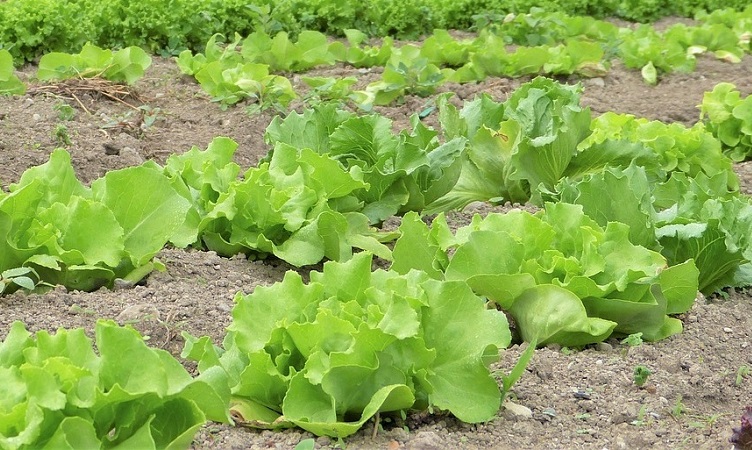
Tips for Successful Farming in Temperate Regions
- Practice Crop Rotation: Always rotate crops to maintain soil health. Planting legumes after grains can boost soil fertility.
- Manage Weeds: After planting, use mulch to retain soil moisture and prevent weed growth.
- Supplement Irrigation: If fall is dry, provide additional watering. In cooler seasons, evaporation is lower, but the soil still needs consistent moisture for healthy crop growth.
- Ensure Soil Quality: The soil should have adequate nutrients and good drainage. Adding organic fertilizers can enhance soil quality.
Fall Crops for Warm Regions
Warm regions have mild winters with minimum temperatures above 50°F (10°C). These areas support a wide range of crops for fall planting. Faster plant growth and fewer fungal diseases are key advantages of fall farming in warm climates. Suitable crops for fall planting in warm regions include:
- Vegetables: Tomatoes, eggplants, bell peppers
- Leafy Greens: Parsley, leeks
- Squash
- Beans: Green beans, mung beans, fava beans
- Potatoes
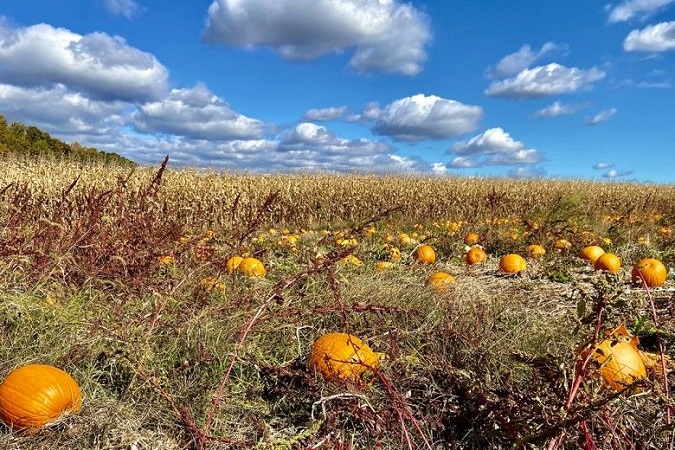
Key Tips for Successful Farming in Warm Regions
Warm regions receive less rainfall, so a reliable irrigation system and careful watering schedule are essential. Drip irrigation is the best method for controlled watering and conserving water resources.
- Pest and Disease Management: Warm climates are prone to more pests and diseases. Use methods like pheromone traps to control pests effectively.
- Soil Salinity Control: Managing soil salinity is critical in these areas. Ammonium sulfate helps maintain a nitrogen-sulfur balance, promoting faster plant growth. The Barno ammonium sulfate fertilizer also lowers soil pH, helping to control salinity.
Trees Suitable for Fall Planting
In addition to crops, certain trees are well-suited for fall planting. The timing of planting tree saplings in fall is planned so their roots can establish in the soil before severe cold sets in. Choosing the right tree for fall planting depends on soil type, regional climate, and sapling care requirements.
The most successful trees for fall planting include apple, walnut, pomegranate, almond, and apricot trees. All of these are cold-hardy plants and thrive when planted in the fall.
Key Tips for Farmers to Succeed in Fall Planting
Fall planting, when done with a clear understanding of climate conditions and soil needs, can be one of the most profitable farming seasons in Iran. Whether you’re in cold, mountainous areas or the warm southern plains, choosing the right crops and nurturing the soil are critical for healthy growth and higher yields. To succeed in fall planting, follow these essential tips:
- Understand Your Region’s Climate: Every crop has specific temperature and timing requirements for growth. Before planting, confirm that your chosen crop is suitable for your area’s climate.
- Select the Right Seeds: Choosing the right seeds is crucial for successful fall farming. Opt for seed varieties that are cold-resistant for fall planting.
- Time Planting Carefully: The planting schedule is a key factor in fall crop success. Use weather forecasts and the timing of your region’s first frost to determine the best planting window. Generally, late September to mid-November is ideal, as temperatures gradually cool but the soil remains warm enough to support root growth. Warm soil helps roots establish before cold weather sets in. Consult experienced local farmers to pinpoint the optimal planting time. Planting too late can weaken crops and reduce yields.
- Preparing agricultural land: Before planting, till the soil to improve drainage and create a suitable seedbed. Remove all weeds, rocks, and debris from the field.
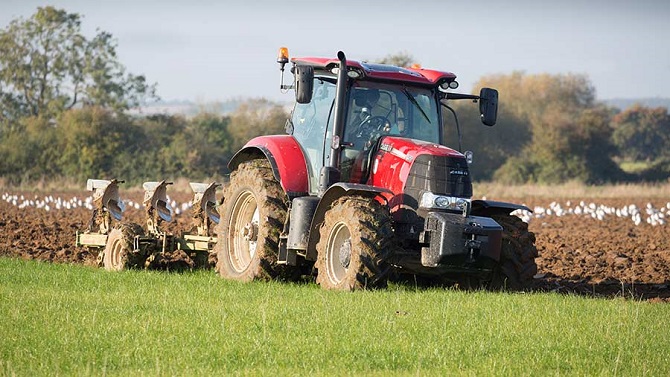
- Nourish the Soil Properly: Fertilization is vital for healthy crop growth, and fall crops are no exception. Using the right fertilizer meets the soil and plant’s needs, boosting growth and productivity. For example, ammonium sulfate, a source of nitrogen and sulfur, supports early plant growth and increases resistance to cold and diseases. However, you must understand your soil’s needs and deficiencies. A soil test can guide you on which nutrients to add and in what amounts to maximize results.
- Protect Against Frost: As cold weather approaches, the risk of frost damage rises. Stay updated with weather forecasts and use protective measures like plastic covers or nighttime irrigation before a freeze to prevent frost damage.
- Manage Watering: Proper irrigation is critical in fall. Plan a consistent watering schedule to keep crops healthy.
- Control Pests and Diseases: Pest activity typically decreases in fall, but regular crop inspections are still necessary. If pests are detected, use low-toxicity pesticides to address them. Choosing fall-appropriate crop varieties naturally increases resistance to cold-season pests and diseases.
